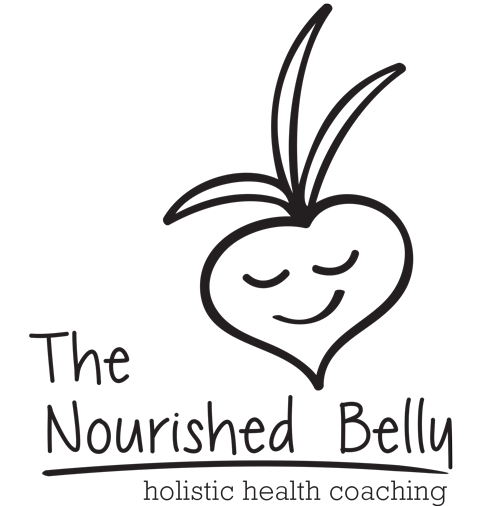Ghee is used widely in Indian cooking, and is used in various religious ceremonies. It’s made by simmering butter, which evaporates the moisture (butter can be 18% water) and causes the milk solids to sink to the bottom. Therefore, some people who are lactose intolerant, are able to tolerate ghee as opposed to butter. Clarified butter is made in a similar manner, but not simmered as long. In ghee, the milk solids are browned which give it a nuttier taste.
Ghee is regarded as anti-inflammatory and is said to boost memory. In Ayurvedic medicine, it is used to cure a whole host of ailments, from treating burns to aiding in digestion.
Ghee is ideal for frying since the smoke point (when molecules start to break down) is 482 degrees F. It is probably the only oil that I would feel comfortable using in deep frying. It does not need to be refrigerated, and can last about 6 months in a cool dark place. With refrigeration, it can last up to a year. Be careful not to add any moisture as this will cause spoilage.
Since it is so simple and relatively quick to make, I don't make large batches at once. I use it pretty frequently, so I keep it in my pantry, which keeps it soft and easy to scoop out. Note: I have noticed that after a few months, it loses its nutty aroma and starts to smell stale, so I try to use it regularly.
How to Make Ghee
Makes 1 pint
2 sticks unsalted organic butter
1) In a saucepan, heat butter on low until it starts to simmer. A white foam will rise to the top and it should start to bubble.
2) Check every few minutes and stir occasionally.
3) You will start to see white milk solids cling to the bottom of the pan.
4) When they turn nice, golden brown (in about 10 minutes) the ghee is done!
Some say the aroma is like popcorn, but to me it smells like a buttery croissant. Careful not to burn the solids on the bottom as this will affect the flavor. You can also simmer with different herbs to add flavor: thyme, rosemary, basil and garlic are good options. Strain and place in a glass jar, opaque if possible, but otherwise store in a cool dark place. Some people sprinkle the browned milk solids on toast or over potatoes. Use frequently and feel proud that you make it yourself!
References
Fallon, Sally and Mary Enig, Ph.D. (2001) Nourishing Traditions. Washington D.C.: New Trends Publishing
Murray, M. (2005). The Encyclopedia of Healing Foods. New York: ATRIA Books.
Wood, Rebecca. (2010) The New Whole Foods Encyclopedia. New York. Penguin Books.
*LEGAL DISCLAIMER – This website (including any/all site pages, blog posts, blog comments, forum, etc.) is not intended to replace the services of a physician, nor does it constitute a doctor-patient relationship. Information is provided for informational purposes only and is not a substitute for professional medical advice. You should not use the information on this website for diagnosing or treating a medical or health condition. If you have or suspect you have an urgent medical problem, promptly contact your professional healthcare provider. Any application of the recommendations in this website is at the reader’s discretion. Tammy Chang and The Nourished Belly are not liable for any direct or indirect claim, loss or damage resulting from use of this website and/or any web site(s) linked to/from it. Readers should consult their own physicians concerning the recommendations in this website.

